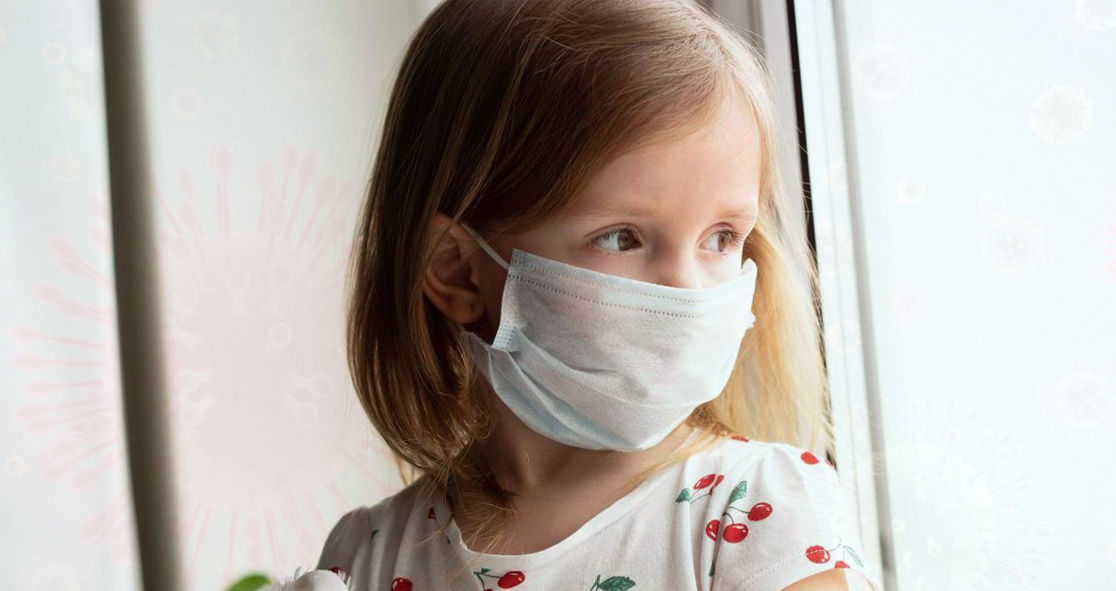Two new studies have found that young children can transmit COVID-19 infection more efficiently than adults can. The studies also found that young children could be major drivers of the pandemic.
The first study, published Thursday in The Lancet, was conducted in a pediatric hospital in Chicago, Illinois. The second study was conducted in Trento, Italy.
The Chicago study examined the concentration of the virus in the nasopharynx or the upper airways that connect to the nasal passages of children and adults.
The researchers of the study found that children 5 years and under who develop mild to moderate COVID-19 symptoms have 10 to 100 times more virus that in the nasopharynx of older children and adults.
The researchers explained that whenever these young children sneeze, cough, or shout, they release some virus-loaded air droplets from the nose. And if they have 100 times the amount of the virus, they would spread the infection more efficiently.
The Chicago study has also shown that children between the ages of 5 and 17 with mild to moderate COVID-19 symptoms have the same amount of virus in the upper airways as adults age 18 and above.
The findings also suggest that young children are more likely to be major drivers of the pandemic.
The Italian study found that children aged 14 and below transmitted the virus more efficiently to other children and adults, although young children had a lower risk of infection than adults. The researchers said the risk of transmitting COVID-19 by young children was more than 22 percent.
The authors wrote, “Although childhood contacts were less likely to become cases, children were more likely to infect household members.”
The Italian study also found that the youngest participants were the most efficient transmitters of COVID-19. The researchers noted that younger children had a higher concentration of the virus in their nasal passages, similar to the findings of the Chicago study.
Both studies have raised concerns for countries contemplating whether to reopen schools during the out-of-control outbreaks, especially the United States. If younger children are more contagious than adults are, reopening schools in areas where the infection rate remains moderate to high is extremely risky.























